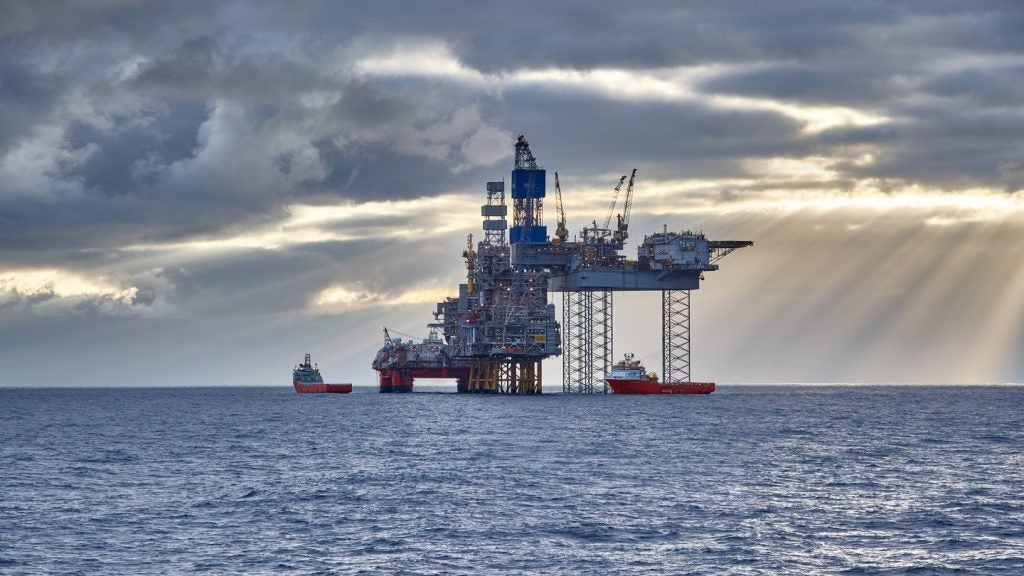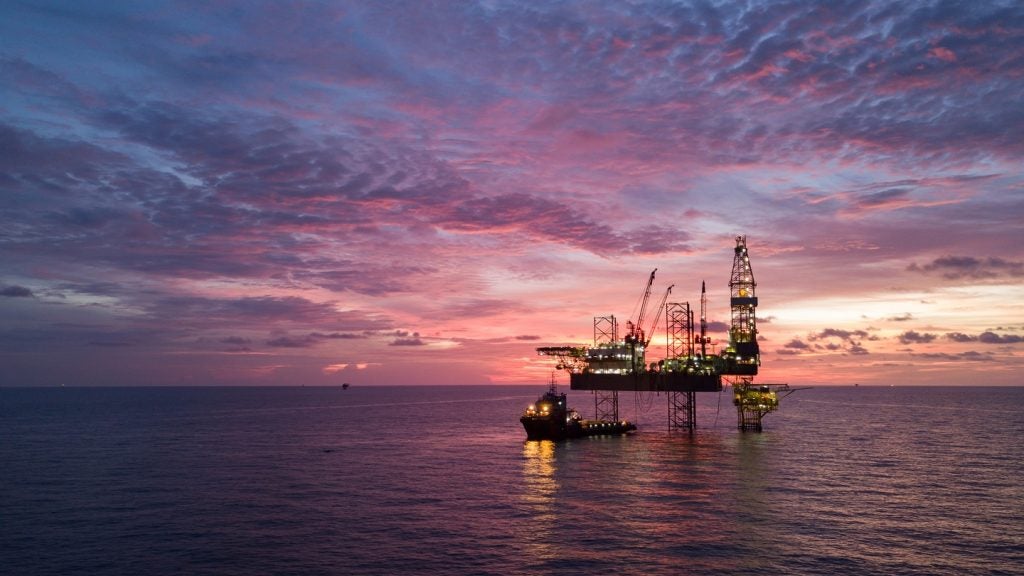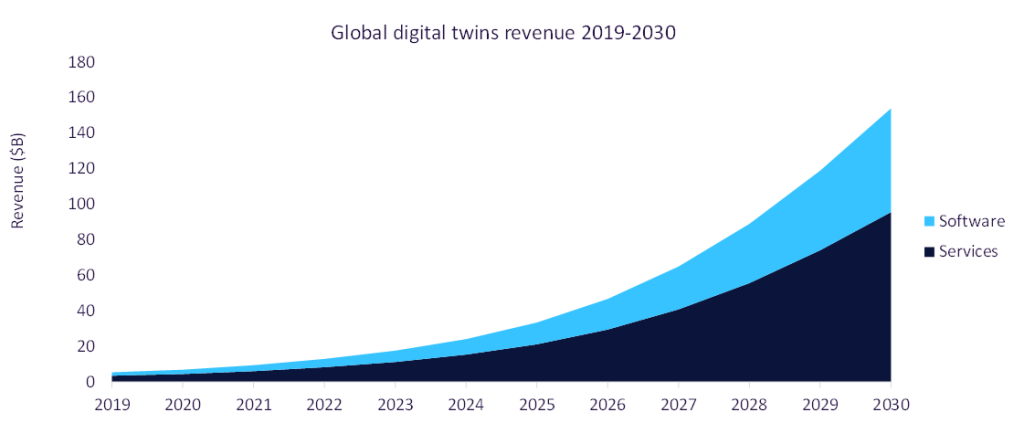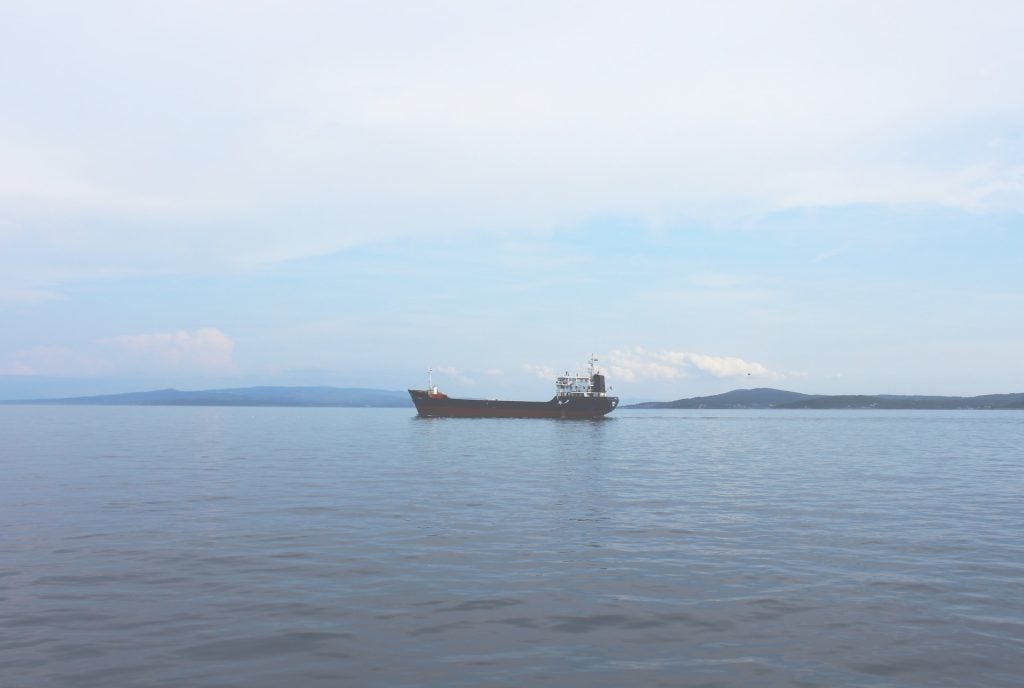Zubair is a producing conventional oil field located onshore Iraq and is operated by Eni Iraq. According to GlobalData, who tracks more than 34,000 active and developing oil and gas fields worldwide, the field is located in block Zubair Contract Area. Buy the profile here.
An expansion project is associated with the Zubair, namely the Zubair Enhanced Redevelopment. This project is currently in the commissioning stage, expected to start in 2027.
Field participation details
The field is owned by Eni, Korea Gas, Ministry of Oil and Iraq.
Production from Zubair
The Zubair conventional oil field recovered 50.78% of its total recoverable reserves, with peak production expected in 2027. Based on economic assumptions, production will continue until the field reaches its economic limit in 2047. The field currently accounts for approximately 8% of the country’s daily output.
Contractors involved in the Zubair conventional oil field
Some of the key contractors involved in the Zubair project as follows.
Design/FEED Engineering: Enereco
Main EPC: SICIM, Drake & Scull Oil and Gas, PEG Engineering & Contracting DMCC and China Petroleum Engineering
EPC Contractors: Schlumberger, Alstom, Daewoo Engineering & Construction, Samsung Engineering and Ergil Group
Other Contractors: Baker Hughes, Amarinth, Cemp, Compagnia Technici Ingegneri and Al-Fayha Group
For more details on the Zubair Conventional Oil Field, buy the profile here.
Premium Insights
From

The gold standard of business intelligence.
Blending expert knowledge with cutting-edge technology, GlobalData’s unrivalled proprietary data will enable you to decode what’s happening in your market. You can make better informed decisions and gain a future-proof advantage over your competitors.







